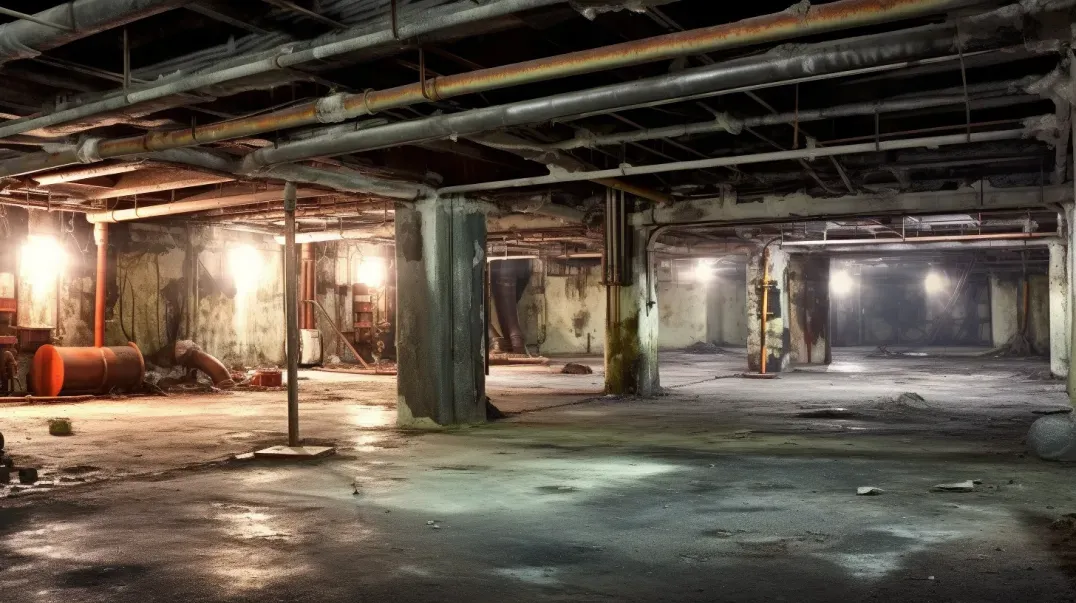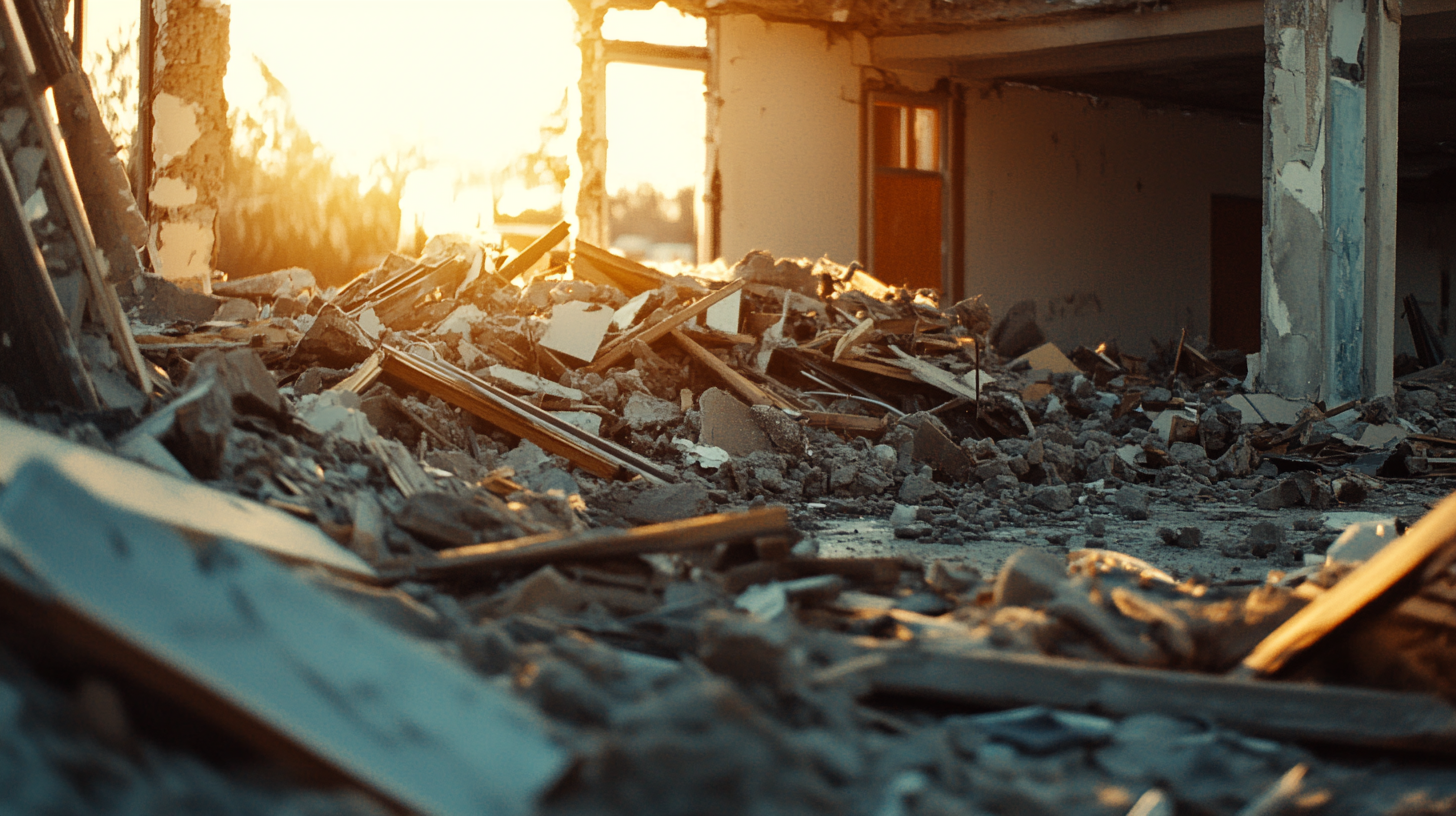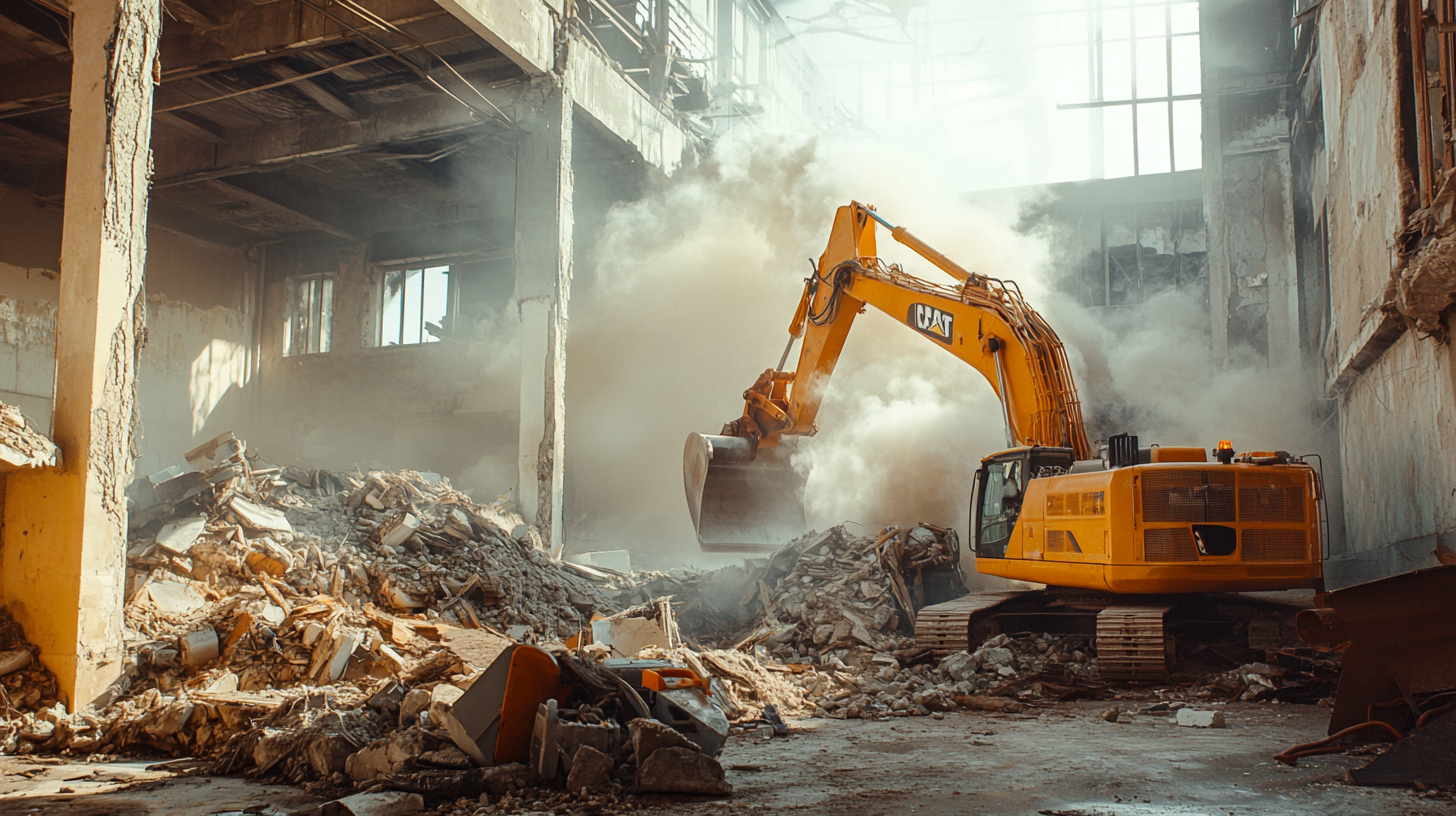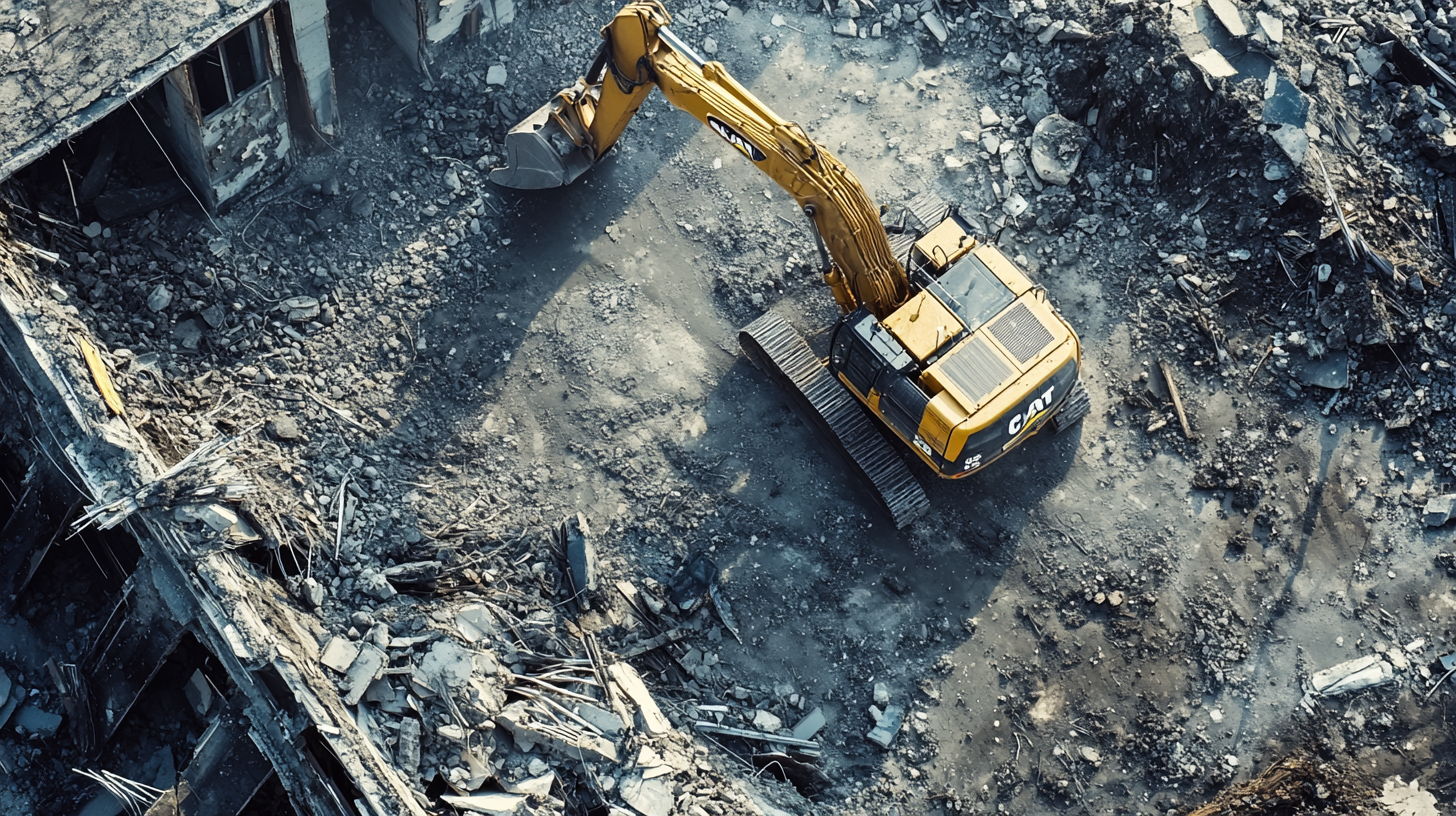
In the quest for a more energy-efficient and comfortable living environment, the choice of insulation material emerges as a pivotal decision for homeowners and builders alike. Insulation, a silent guardian of home comfort, plays a crucial role in minimizing energy consumption and maximizing thermal comfort. Yet, with a plethora of insulation options available, each boasting different properties, benefits, and environmental impacts, selecting the right insulation material becomes a task of paramount importance.
This blog delves into the critical aspects of insulation materials, shedding light on why making an informed choice is not just a matter of energy efficiency, but a broader commitment to sustainability, cost-effectiveness, and health. From understanding the basic mechanics of how insulation contributes to a building's thermal performance to evaluating the long-term benefits and potential drawbacks of various insulation types, we aim to equip you with the knowledge needed to make a decision that aligns with your environmental values, budgetary constraints, and personal or project-specific requirements.
By exploring the latest advancements in insulation technology and adhering to the principles of expertise, authoritativeness, and trustworthiness, this guide seeks to be your compass in the complex landscape of insulation materials. Whether you're embarking on a new construction project, planning a renovation, or simply aiming to enhance your home's energy efficiency, the insights provided here will help you navigate the decision-making process with confidence and clarity.
Understanding Different Insulation Materials
Selecting the right insulation material is crucial for enhancing a building's energy efficiency, comfort, and overall environmental footprint. This section explores the composition, functionality, and common uses of various insulation materials, aiming to guide homeowners, builders, and renovators in making informed decisions.
Fiberglass Insulation
Composition and How It Works: Fiberglass insulation is made from fine glass fibers woven together to form a mat-like material. Its effectiveness in insulating homes stems from its ability to trap pockets of air, thereby reducing the flow of heat. This thermal resistance, known as R-value, is a key measure of its insulating ability.
Common Uses in Home Insulation: Due to its versatility, fiberglass insulation is commonly used in various parts of a home, including attics, walls, and crawl spaces. It is available in batts and rolls, which are easy to install between studs and joists, as well as loose-fill for covering irregular spaces and achieving a more complete insulation coverage.
Foam Insulation
Types of Foam Insulation: Foam insulation comes in two main types: spray foam and rigid foam boards. Spray foam expands to fill cavities and can seal air leaks, offering high R-values. Rigid foam boards, on the other hand, are excellent for insulating basements and exterior walls due to their dense, moisture-resistant properties.
Key Characteristics and Applications: Foam insulation is known for its superior air sealing properties and high R-values, making it ideal for areas prone to air leaks, such as around windows and doors. Spray foam is particularly effective in creating a tight thermal envelope, while rigid foam boards add structural strength to walls and roofs.
Wool Insulation
Natural Wool Insulation Properties: Wool insulation is made from sheep's wool fibers that are treated for durability and pest resistance. Its natural ability to absorb and release moisture without losing thermal efficiency makes it an excellent regulator of indoor humidity levels, contributing to a comfortable indoor environment.
Environmental Impact and Efficiency: Wool insulation is a sustainable choice, offering a lower environmental impact compared to synthetic materials. It is biodegradable, recyclable, and requires less energy to produce. Its efficiency is comparable to traditional materials, making it a viable option for those looking to reduce their carbon footprint without compromising on performance.
Pros and Cons of Each Insulation Type
Choosing the right insulation material involves weighing its benefits against potential drawbacks. This section provides a balanced overview of the pros and cons associated with fiberglass, foam, and wool insulation, aimed at assisting homeowners and builders in making informed decisions.
Fiberglass Insulation
Pros:
- Cost-effectiveness: Fiberglass insulation is among the most affordable insulation options, offering significant energy savings for a relatively low initial investment.
- Fire Resistance: Made from non-combustible materials, fiberglass insulation provides a level of fire resistance, adding an extra layer of safety to homes.
- Ease of Installation: Available in batts and rolls that fit standard wall cavities, fiberglass insulation can be easily installed by DIY enthusiasts or professionals, making it a practical choice for many projects.
Cons:
- Potential Health Risks: Handling fiberglass insulation requires protective gear, as the tiny glass fibers can irritate the skin, eyes, and respiratory system.
- Effectiveness in Extreme Temperatures: While fiberglass insulation is effective in moderate climates, its performance can diminish in extremely hot or cold temperatures, potentially leading to higher energy costs.
Foam Insulation
Pros:
- High R-value: Foam insulation offers superior thermal resistance per inch of thickness, making it highly effective in preventing heat transfer.
- Air Sealing Properties: By expanding to fill gaps and cracks, spray foam insulation can significantly reduce air leaks, enhancing the overall energy efficiency of a building.
Cons:
- Higher Cost: The initial cost of foam insulation is higher than some other options, which may impact budget considerations for some projects.
- Potential Chemical Exposure: The installation of spray foam insulation involves chemicals that may off-gas volatile organic compounds (VOCs), requiring proper ventilation and protective measures during application.
Wool Insulation
Pros:
- Natural and Sustainable: Wool insulation is made from renewable resources, offering an eco-friendly alternative to synthetic materials.
- Moisture-Resistant: Wool's natural ability to absorb and release moisture helps in regulating indoor humidity levels without compromising its thermal efficiency.
- Fire Resistance: Wool is naturally fire-resistant, adding to the safety features of this insulation type.
Cons:
- Cost: Wool insulation can be more expensive than traditional materials, reflecting its sustainable sourcing and production processes.
- Availability: It may be less readily available than more conventional materials, requiring special ordering or sourcing from specific suppliers.
- Potential for Allergens: While rare, some individuals may be sensitive to natural wool fibers, which could pose an allergen risk.
Installation and Maintenance Considerations
The effectiveness of insulation not only depends on the material's inherent properties but also on proper installation and maintenance. This section explores the practical aspects of working with fiberglass, foam, and wool insulation, guiding homeowners through the process from installation to long-term care.
Fiberglass Insulation
DIY-friendly Installation: Fiberglass insulation's popularity partly stems from its ease of installation. Batts and rolls designed to fit between studs and joists make it accessible for DIY projects. However, it's crucial to wear protective clothing to avoid irritation from the glass fibers.
Maintenance and Longevity: Fiberglass insulation is known for its durability, often lasting 20 to 30 years without significant degradation in performance if kept dry and properly installed. It requires minimal maintenance, although periodic checks for any displacement or moisture accumulation are recommended to ensure optimal performance.
Foam Insulation
Professional Installation Recommended: Due to the chemical processes involved and the need for precise application, installing spray foam insulation is best left to professionals. Rigid foam boards may be more DIY-friendly but still require careful cutting and fitting to avoid gaps that could diminish insulation effectiveness.
Durability and Maintenance Needs: Foam insulation is highly durable, with spray foam often lasting the lifetime of the home without needing replacement. It adheres well to surfaces, reducing the risk of sagging or displacement. Maintenance is minimal, although inspections for any cracks or gaps in coverage, especially in areas prone to movement or settling, can help maintain its insulating properties.
Wool Insulation
Installation Nuances: Wool insulation can be more forgiving than rigid materials, allowing for easier handling and fitting into irregular spaces. However, its natural fibers may require some adjustments during installation to ensure a snug fit without compressing the material too much, which could reduce its insulating effectiveness.
Maintenance and Pest Resistance: One of the benefits of wool insulation is its natural resistance to pests, such as moths and rodents, due to the keratin in the wool and often added treatments. Maintenance involves ensuring the material remains dry, as wool can absorb moisture without losing its thermal properties. Regular inspections can help detect any areas where moisture may accumulate, ensuring the insulation remains effective and mold-free.
Energy Efficiency and Environmental Impact
Understanding the energy efficiency and environmental impact of insulation materials is crucial for making informed decisions that align with sustainability goals and energy savings. This section explores these aspects for fiberglass, foam, and wool insulation, providing a comprehensive view of their benefits and drawbacks from an ecological and performance standpoint.
Fiberglass Insulation
Energy Efficiency Ratings: Fiberglass insulation's energy efficiency is measured by its R-value, indicating its resistance to heat flow. While offering good thermal resistance, its performance can be affected by settling over time and moisture exposure, potentially reducing its effectiveness.
Environmental Considerations in Production and Disposal: The production of fiberglass insulation involves melting sand and recycled glass, consuming significant energy. However, its composition of natural and recycled materials reduces the demand for virgin resources. Fiberglass insulation is non-biodegradable, posing challenges for disposal, although recycling options are increasingly available, mitigating its environmental footprint.
Foam Insulation
Superior Energy Efficiency: Foam insulation boasts high R-values per inch, making it one of the most effective materials for preventing heat loss and gain. Its air-sealing capabilities further enhance a building's energy efficiency, leading to significant energy savings over time.
Environmental Impact of Chemicals and Production: The production of foam insulation involves chemicals that can have a high environmental impact, including greenhouse gas emissions and potential ozone depletion. The use of these materials requires careful consideration of their long-term ecological effects. Disposal poses challenges due to its non-biodegradable nature and the potential release of harmful chemicals if not handled properly.
Wool Insulation
Natural Thermal Properties: Wool's natural fibers provide excellent thermal insulation, with the added benefit of moisture management, enhancing indoor comfort and energy efficiency. Its ability to absorb and release moisture without compromising thermal performance makes it unique among insulation materials.
Sustainable and Eco-friendly Profile: Wool insulation stands out for its sustainable and eco-friendly profile. It is made from renewable resources, often sourced from sheep farming, which can be managed sustainably. Wool insulation is biodegradable and recyclable, reducing its environmental impact compared to synthetic alternatives. Its production requires less energy, and it contributes to a healthier indoor environment, aligning with green building practices.
Making the Right Choice for Your Home
Choosing the right insulation involves more than just comparing R-values; it's about understanding how different factors interplay to affect your home's energy efficiency, comfort, and environmental impact. This section outlines key considerations and the value of professional guidance in navigating the complex landscape of insulation options.
Factors to Consider
Home Structure, Climate, and Personal Preferences: The architectural design of your home, its existing insulation, and the local climate are critical factors in determining the most suitable insulation type. For instance, homes in colder climates may benefit from insulation with higher R-values, while those in warmer regions might prioritize moisture resistance. Personal preferences, such as the desire for eco-friendly materials or concerns about indoor air quality, also play a significant role in the decision-making process.
Long-term Goals and Budget Considerations: It's essential to balance upfront costs with long-term savings and benefits. High-quality insulation may require a larger initial investment but can lead to significant energy savings and increased home comfort over time. Consider your long-term goals, such as reducing your carbon footprint or preparing your home for extreme weather conditions, alongside your budget to make a choice that meets your needs now and in the future.
Seeking Professional Advice
When to Consult with Insulation Experts: While researching and understanding the basics of insulation is crucial, consulting with insulation experts can provide tailored advice that considers the unique aspects of your home. Experts can assess your home's current insulation, identify areas for improvement, and recommend solutions that align with your goals and budget. They can also navigate building codes and ensure that the installation is performed correctly for optimal performance.
Resources for Further Information: Numerous resources are available for homeowners seeking to educate themselves about insulation options. Government energy departments, environmental organizations, and industry associations offer guides, comparison tools, and databases of certified professionals. Leveraging these resources, along with expert consultations, can empower you to make informed decisions that enhance your home's energy efficiency and comfort.
FAQs
-
Which insulation has the highest R-value?
Foam insulation typically has the highest R-value per inch, making it the most effective at preventing heat transfer. Its superior air-sealing properties further enhance its energy efficiency, making it an excellent choice for minimizing heat loss and gain.
-
Is fiberglass insulation budget-friendly?
Yes, fiberglass insulation is considered one of the most cost-effective options for home insulation. It offers a good balance between performance and cost, providing significant energy savings for a relatively low initial investment.
-
Can wool insulation resist moisture?
Yes, wool insulation naturally absorbs and releases moisture without losing its thermal efficiency. This unique property helps in regulating indoor humidity levels, contributing to a comfortable and energy-efficient home environment.
-
Does foam insulation require professional installation?
Generally, yes. Spray foam insulation involves chemical processes that require precise application, making professional installation recommended to ensure optimal performance and safety. Rigid foam boards may be more DIY-friendly but still benefit from professional handling for best results.
-
Are all insulation types eco-friendly?
The eco-friendliness of insulation materials varies. Wool insulation is considered the most sustainable and eco-friendly, made from natural, renewable resources and being biodegradable. Fiberglass insulation, made from sand and recycled glass, also has eco-friendly aspects, especially when using recycled materials. Foam insulation, while offering superior energy efficiency, has a higher environmental impact during production and disposal due to its chemical components.
Contact Bull City Crawlspace Today!
Bull City Crawlspace will do everything we can to ensure your experience with us is excellent.
Request A FREE Estimate
Request a Free Estimate Form
We will get back to you as soon as possible.
Please try again later.
Checkout Recent Post




Got a Question? We’re Here to Help.
You can arrange an appointment or make an enquiry by phone or email, orget in touch to us via our contact form.
Business Hours:
Monday - Friday 8:00 AM - 8:00 PM Saturday and Sunday: Closed
We're your local family owned, operated and licensed crawl space repair and waterproofing company.
919-724-4601
jon@bullcitycrawlspace.com
Services
NATIONWIDE LEADER
Claim you free crawl space consultation today by clicking the button below.
Contact Info
Business Hours:
Mon to Fri: 8:00am - 8:00pm
All Rights Reserved | Bull City Crawlspace

